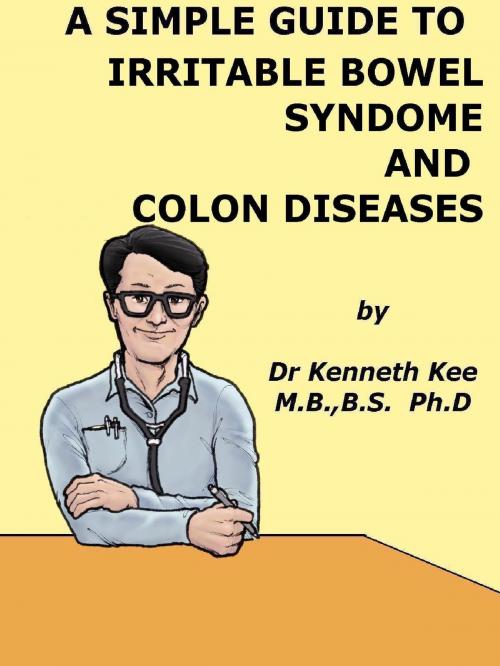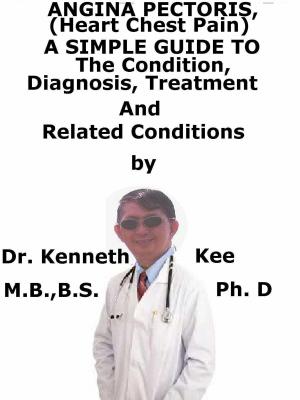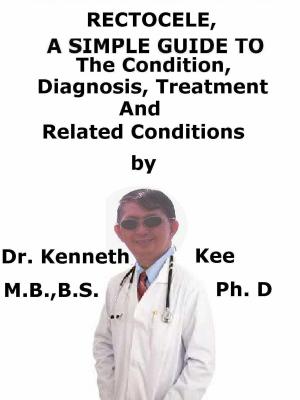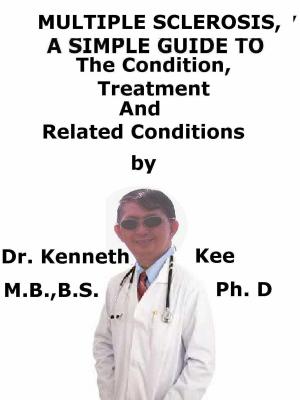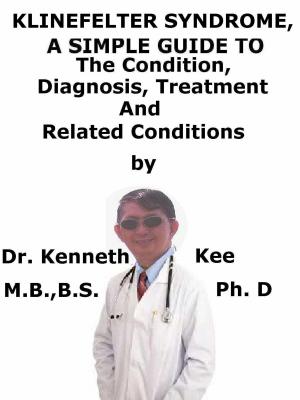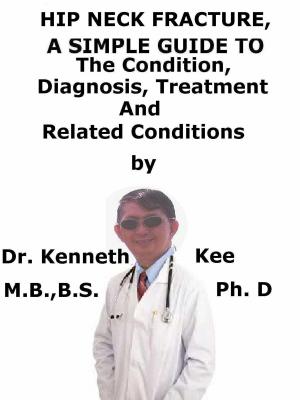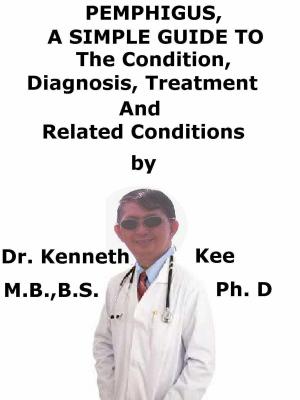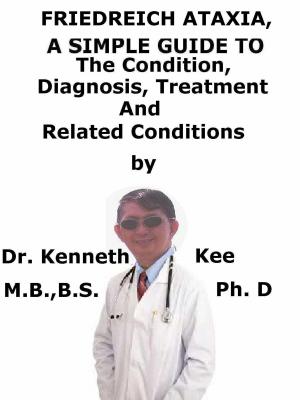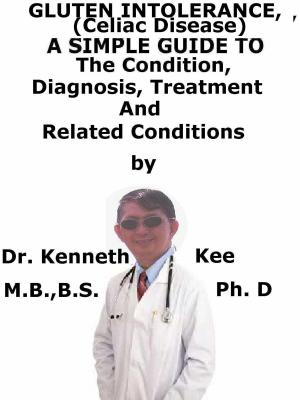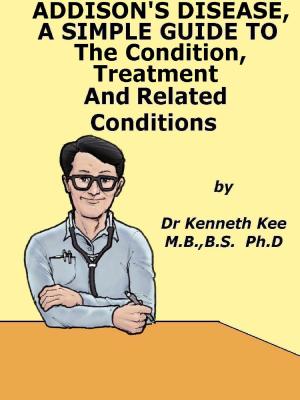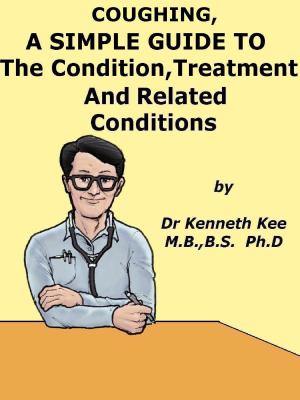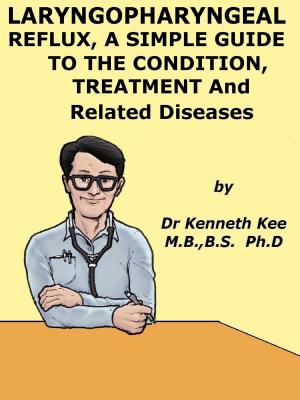A Simple Guide to Irritable Bowel Syndrome and Colon Diseases
Nonfiction, Health & Well Being, Health, Ailments & Diseases, Abdominal, Health Care Issues| Author: | Kenneth Kee | ISBN: | 9781301223985 |
| Publisher: | Kenneth Kee | Publication: | November 17, 2012 |
| Imprint: | Smashwords Edition | Language: | English |
| Author: | Kenneth Kee |
| ISBN: | 9781301223985 |
| Publisher: | Kenneth Kee |
| Publication: | November 17, 2012 |
| Imprint: | Smashwords Edition |
| Language: | English |
The colon is also known as the large intestine and a part of the digestive system.
It's a long, hollow tube about 6 feet in length at the end of the digestive tract where the body makes and stores stool.
It can cause various symptoms including bleeding, infection and perforation.
Many disorders affect the colon's normal ability to function properly.
Some of these include
-
Irritable bowel syndrome - an uncomfortable condition causing abdominal cramping and other symptoms
-
Diverticulitis - inflammation or infection of pouches in the colon
-
Ulcerative colitis - ulcers of the colon and rectum
-
Megacolon – abnormal dilation of the colon
-
Colonic polyps - extra tissue growing in the colon that can become cancerous
-
Colorectal cancer – malignant disease of the colon and rectum
-
Pseudomembranous Enterocolitis
Some symptoms of the colon are:
-
Abdominal pain can be crampy, achy or sharp, and can be intermittent or constant. Abdominal pain related to colon disease may come and go in waves and may be accompanied by bloating.
-
Most colon diseases cause changes in normal bowel habits; stools may become looser than normal and more frequent or less frequent, hard and difficult to pass
-
Weight loss and fatigue often accompany colon cancer, diverticulosis and ulcerative colitis.
Treatment for colonic diseases varies greatly depending on the disease and its severity.
Treatment may involve diet, medicines and in some cases, surgery.
TABLE OF CONTENT
Chapter 1 Colon Diseases
Chapter 2 IBS
Chapter 3 Diverticulosis
Chapter 4 Ulcerative Colitis
Chapter 5 Megacolon
Chapter 6 Colon Polyps
Chapter 7 Colorectal Cancer
Chapter 8 Pseudomembranous Enterocolitis
Chapter 9 Constipation
Chapter 10 Diarrhea
Epilogue
The colon is also known as the large intestine and a part of the digestive system.
It's a long, hollow tube about 6 feet in length at the end of the digestive tract where the body makes and stores stool.
It can cause various symptoms including bleeding, infection and perforation.
Many disorders affect the colon's normal ability to function properly.
Some of these include
-
Irritable bowel syndrome - an uncomfortable condition causing abdominal cramping and other symptoms
-
Diverticulitis - inflammation or infection of pouches in the colon
-
Ulcerative colitis - ulcers of the colon and rectum
-
Megacolon – abnormal dilation of the colon
-
Colonic polyps - extra tissue growing in the colon that can become cancerous
-
Colorectal cancer – malignant disease of the colon and rectum
-
Pseudomembranous Enterocolitis
Some symptoms of the colon are:
-
Abdominal pain can be crampy, achy or sharp, and can be intermittent or constant. Abdominal pain related to colon disease may come and go in waves and may be accompanied by bloating.
-
Most colon diseases cause changes in normal bowel habits; stools may become looser than normal and more frequent or less frequent, hard and difficult to pass
-
Weight loss and fatigue often accompany colon cancer, diverticulosis and ulcerative colitis.
Treatment for colonic diseases varies greatly depending on the disease and its severity.
Treatment may involve diet, medicines and in some cases, surgery.
TABLE OF CONTENT
Chapter 1 Colon Diseases
Chapter 2 IBS
Chapter 3 Diverticulosis
Chapter 4 Ulcerative Colitis
Chapter 5 Megacolon
Chapter 6 Colon Polyps
Chapter 7 Colorectal Cancer
Chapter 8 Pseudomembranous Enterocolitis
Chapter 9 Constipation
Chapter 10 Diarrhea
Epilogue
